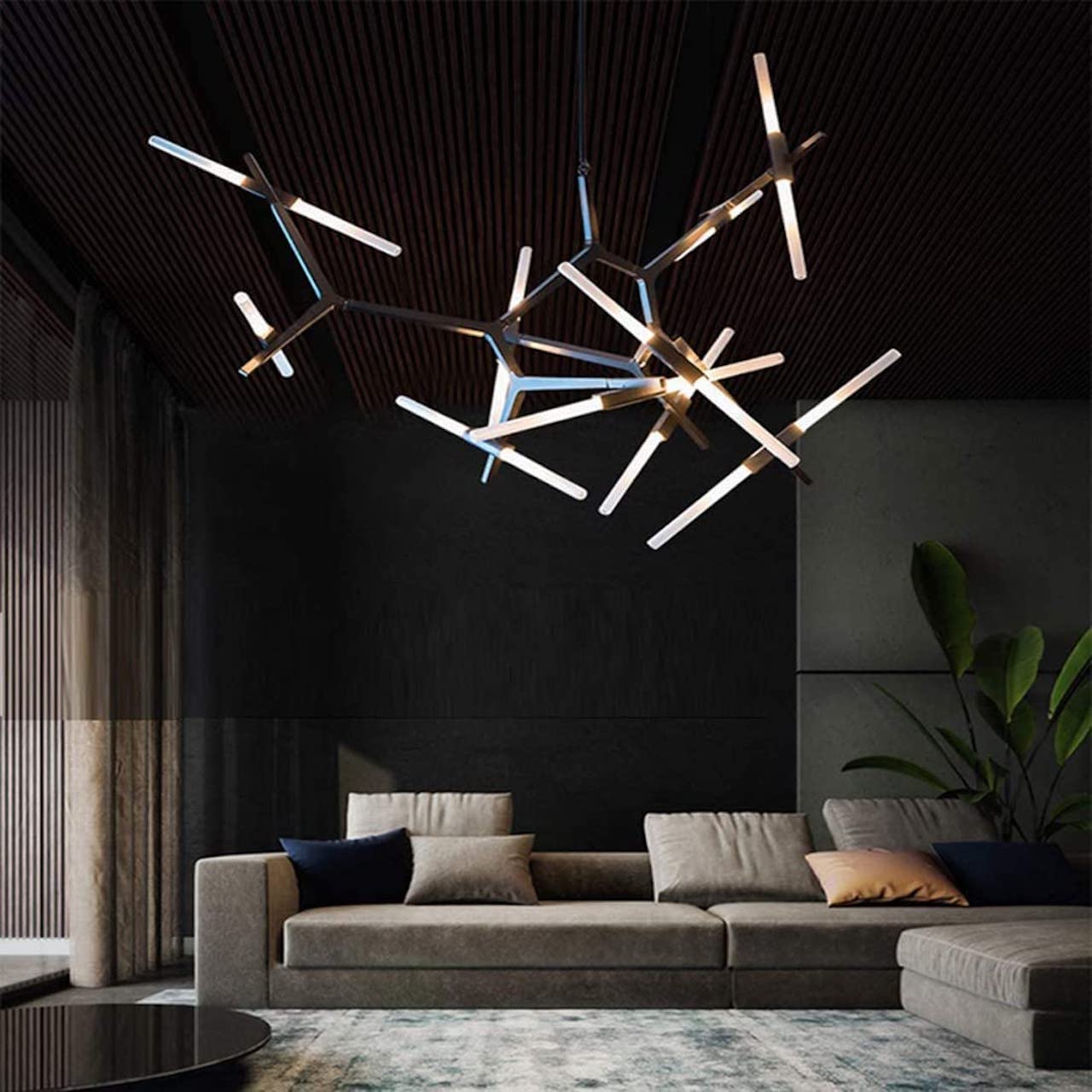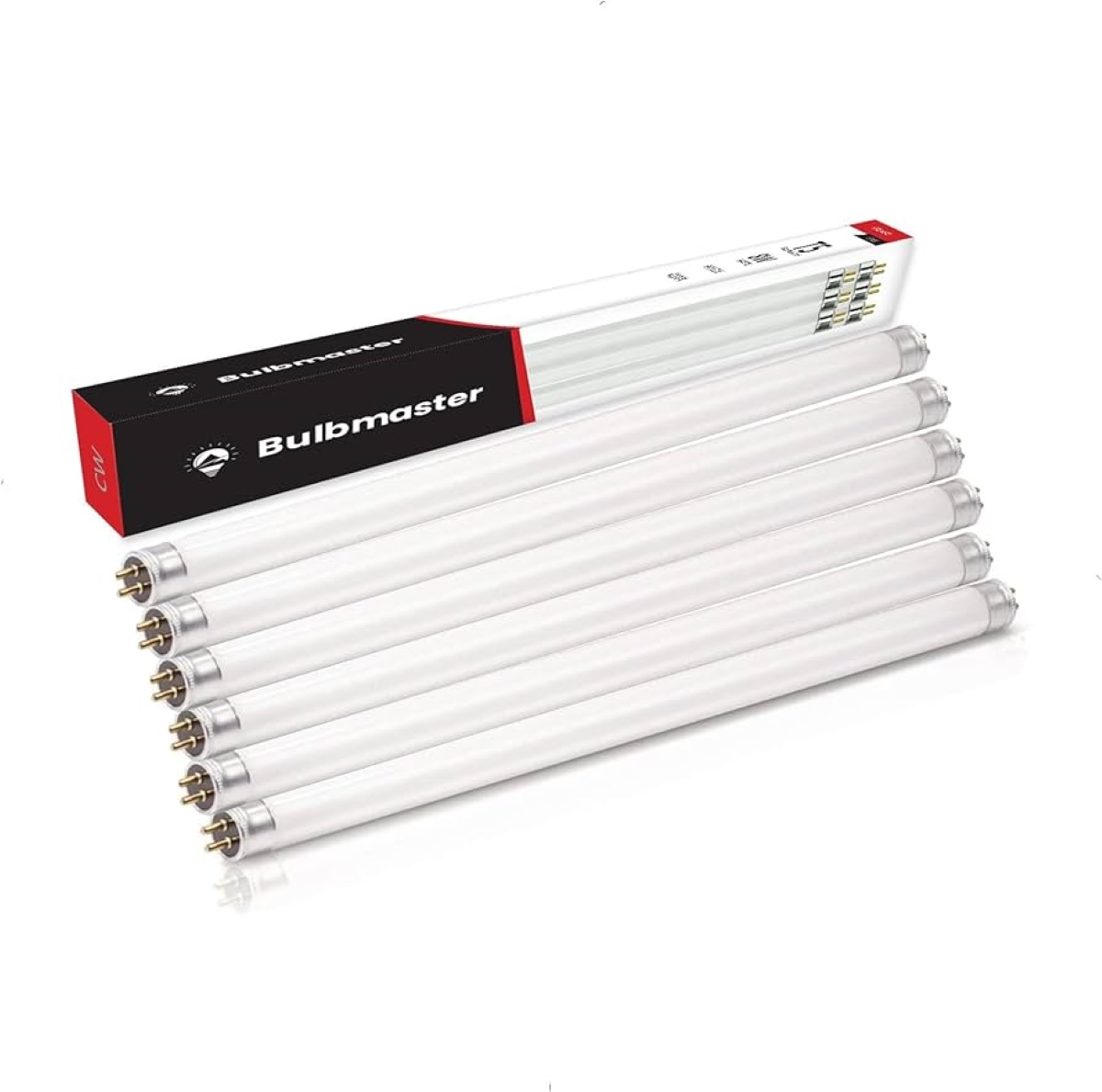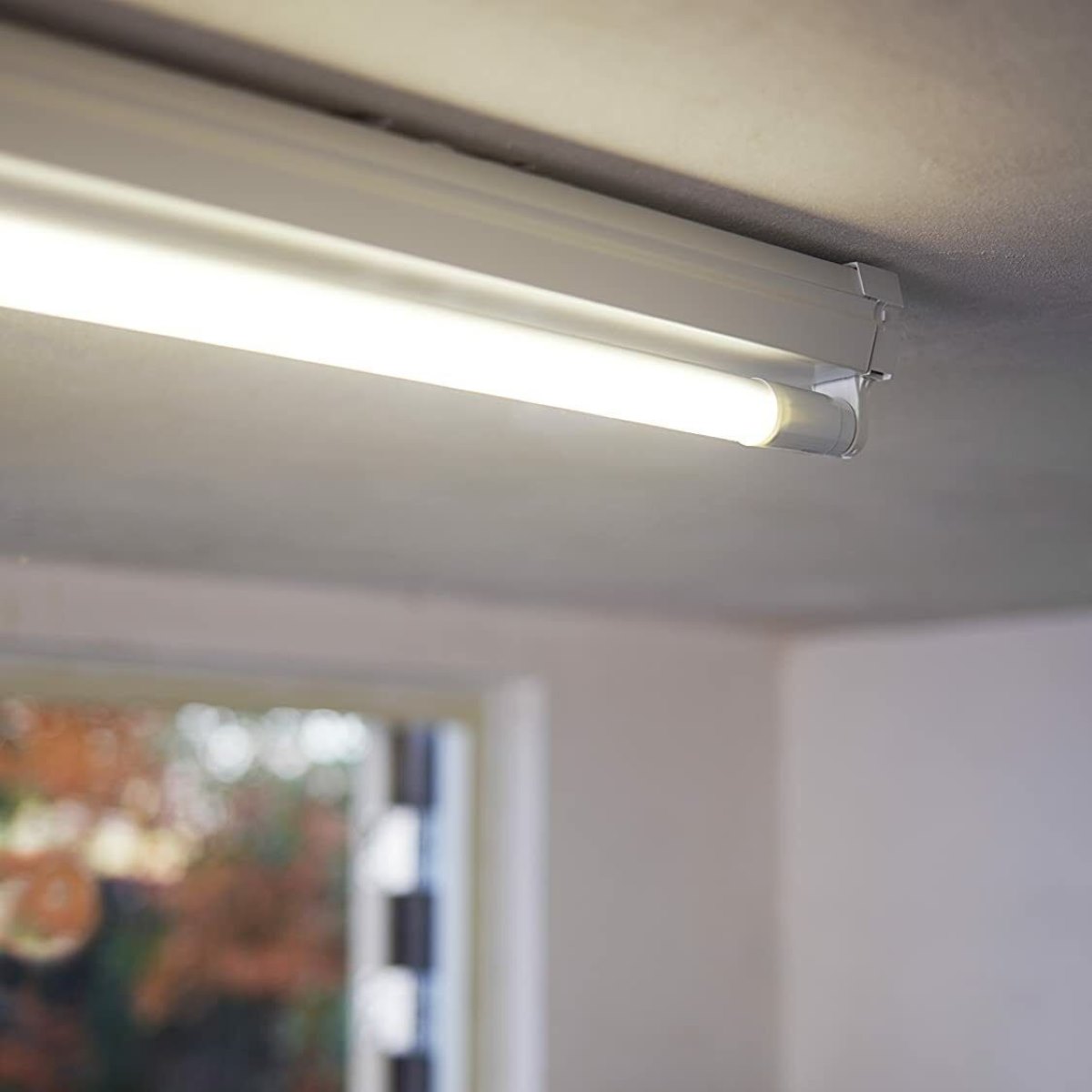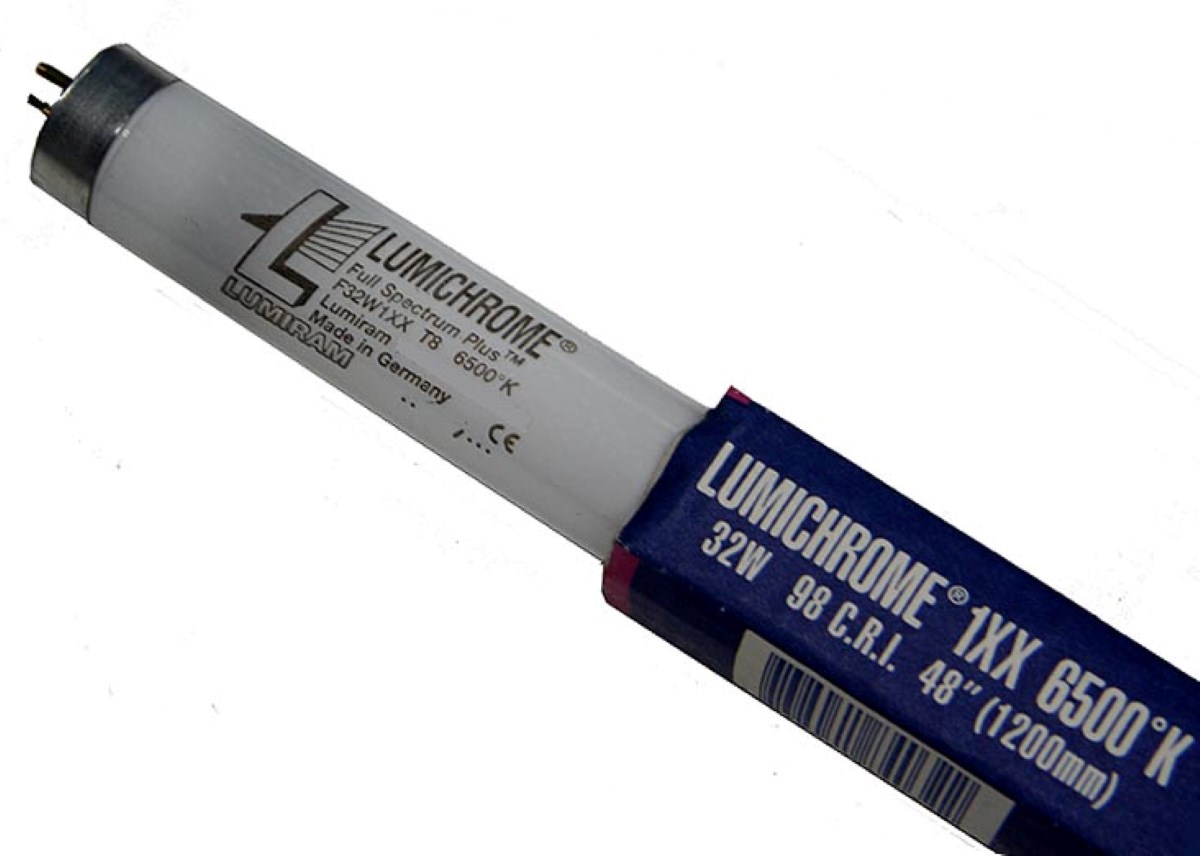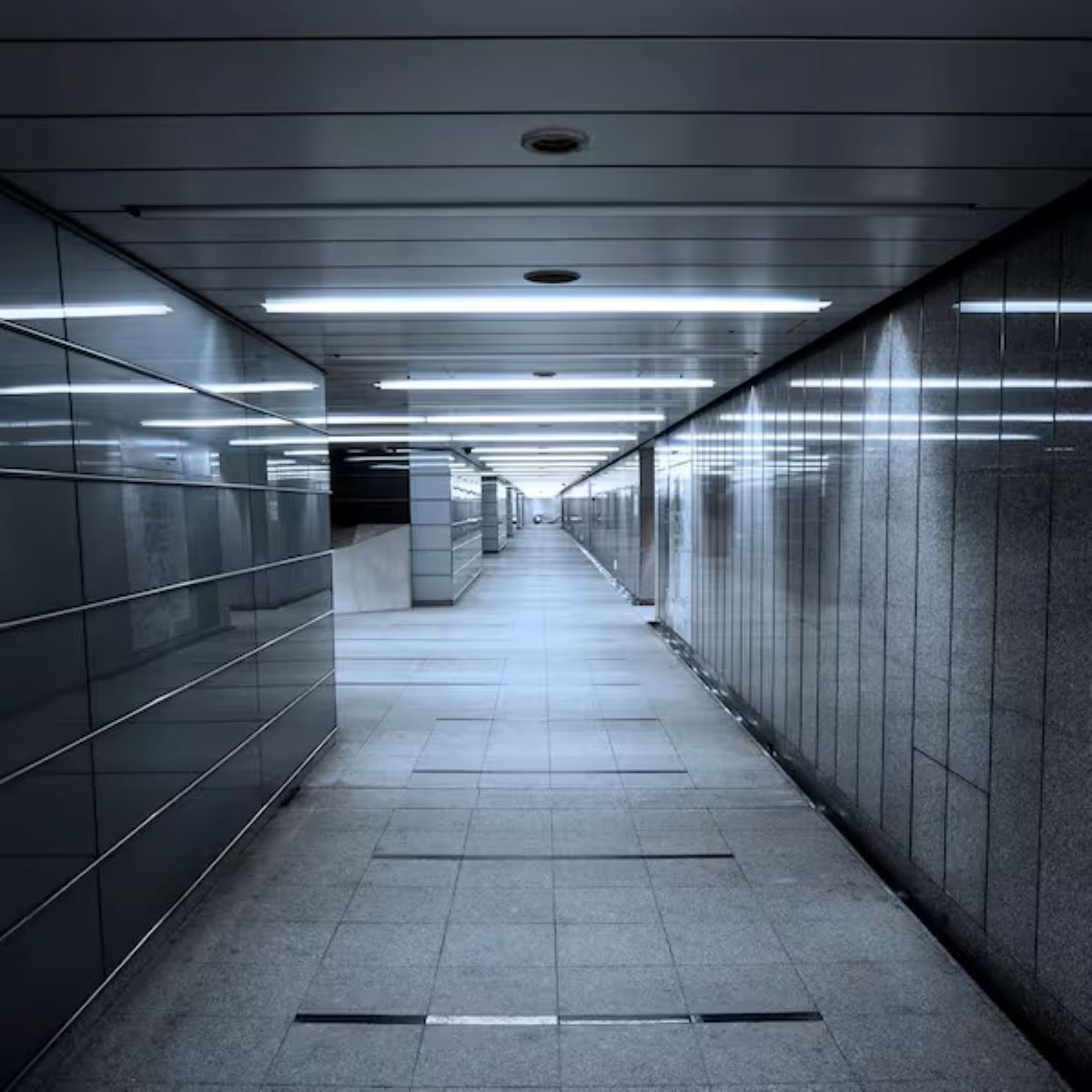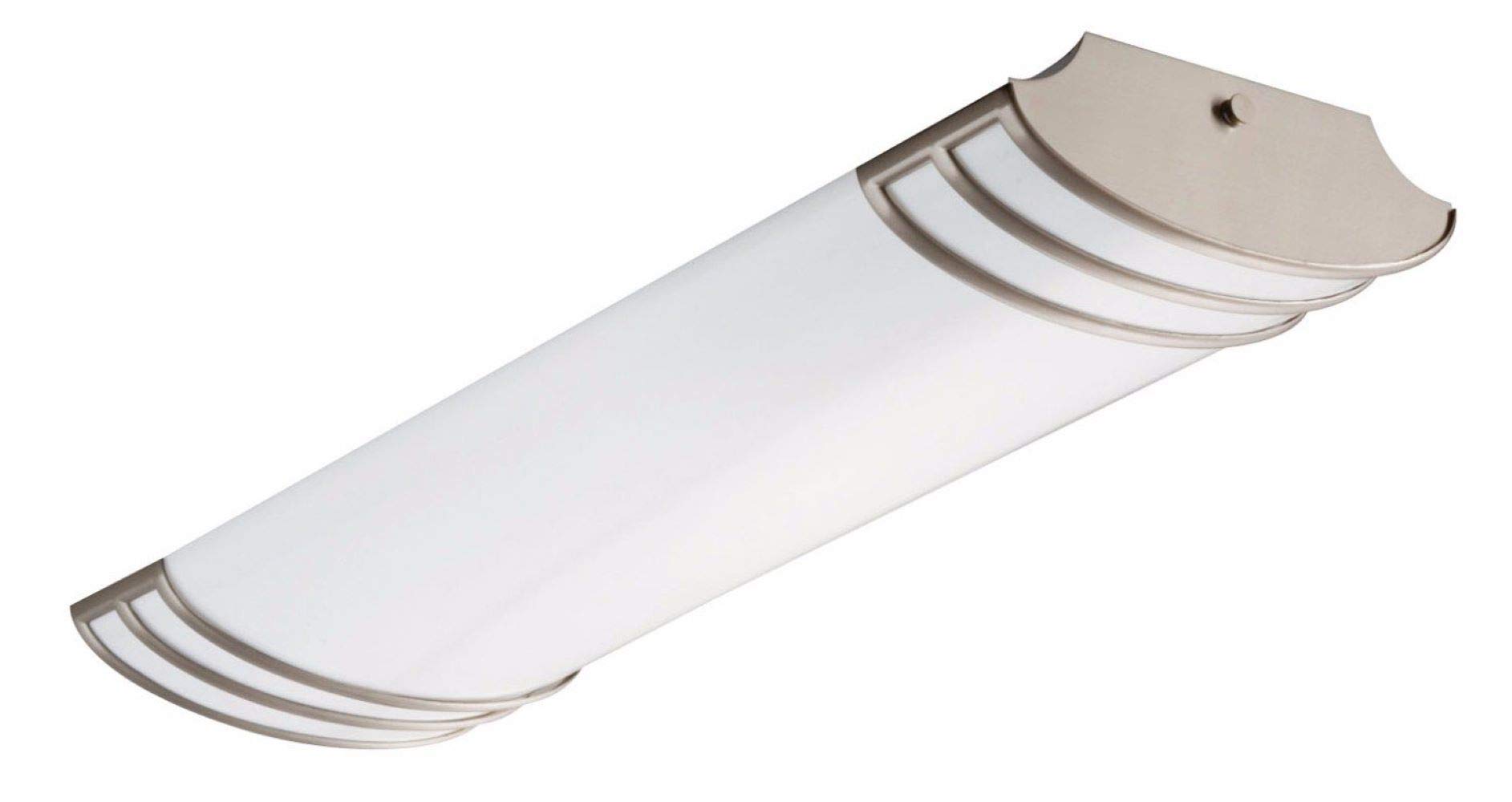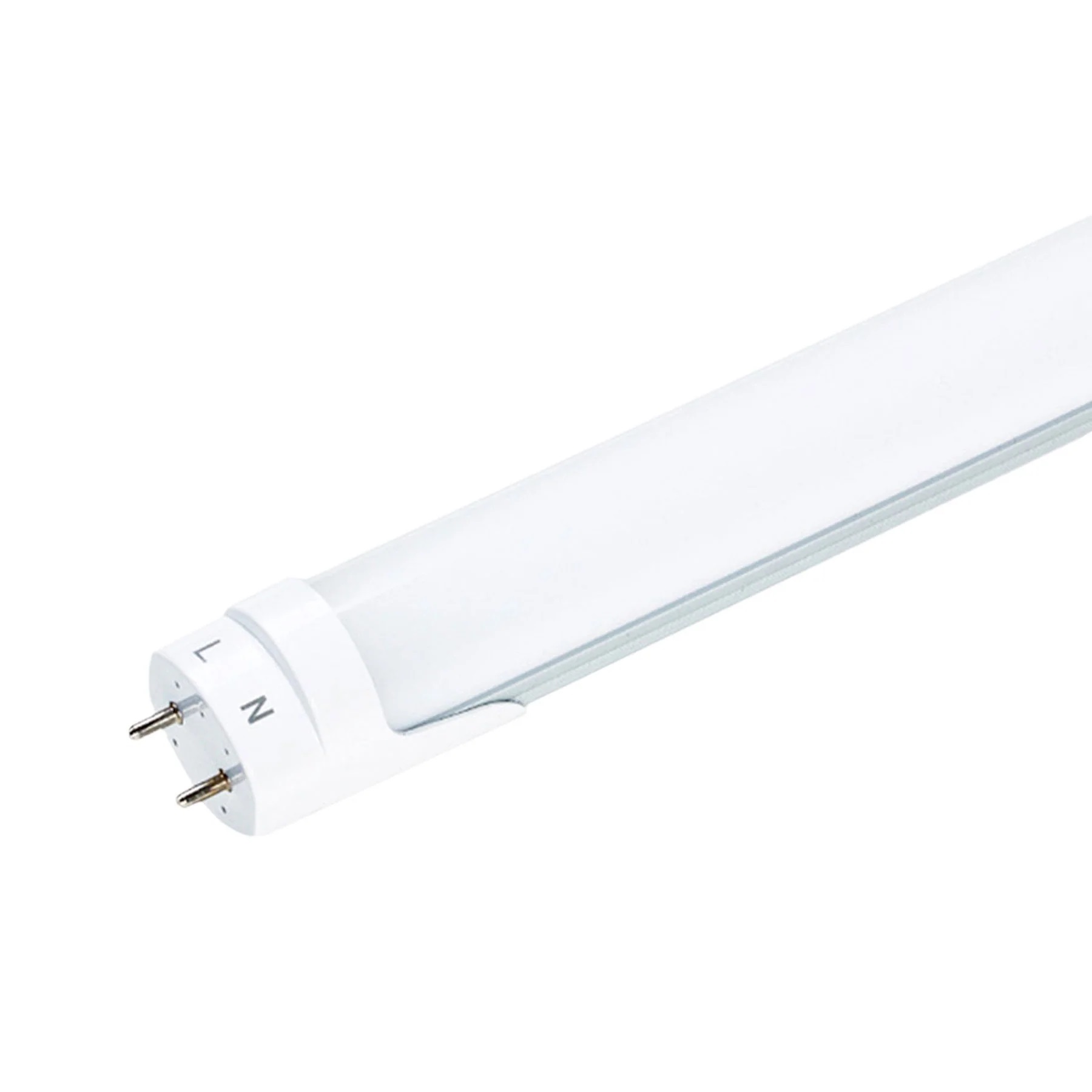Home> Commercial Lighting
Commercial Lighting: Ultimate Guide to Enhance Your Business Space
Discover best practices in commercial lighting: Make your business more inviting, productive, and energy-efficient. Step into the future of lighting.
13 Best Industrial Chandelier for 2024
By: Isabella Mitchell • Your Ultimate Guide To All Things Furniture
9 Amazing 15 Watt, 18 Inch F8T5/Cw Fluorescent Tubes for 2024
By: Isabella Mitchell • Articles
9 Amazing Led Replacement For Fluorescent Tubes Cool 4 Ft for 2024
By: Alexander Johnson • Articles
13 Amazing Full Spectrum Fluorescent Tubes 48 6500 Cri for 2024
By: Henry Campbell • Articles
13 Best 4 Ft Led Light Replacement For Fluorescent Tubes for 2024
By: Olivia Parker • Articles
13 Best Lethonia 2-Foot Ceiling Lamp Fluorescent Tubes for 2024
By: Sophie Thompson • Articles
